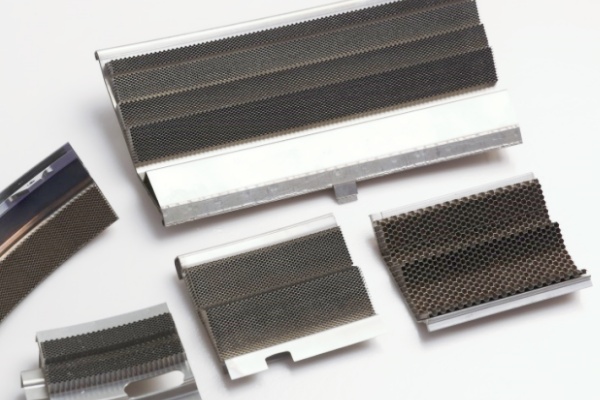To be a valuable global supplier
for metallic honeycombs and turbine parts
Release time:2025-09-25
When you hear about a Catalytic Converter, most people just know it’s there to clean up exhaust gases. But what really makes it work comes down to the way it’s built and the materials inside.

The first thing worth pointing out is the honeycomb base. This design isn’t accidental—it’s the smartest way to pack a huge surface area into a small space. Exhaust gases weave their way through all those tiny channels, and that gives the catalyst plenty of contact time to do its job. Without that honeycomb structure, you’d either need a giant converter or you’d get weak results.
Then comes the washcoat. You can think of it like a sponge laid over the honeycomb. Its job is to hold on to the active materials and spread them out as much as possible. More surface means more reaction points, and that’s what keeps the Catalytic Converter efficient even when the exhaust is flying through at high speed.
The real heavy lifting is done by the catalytic layer—precious metals that actually trigger the chemical reactions. Even though only a thin layer is used, it’s enough to turn toxic gases like carbon monoxide and nitrogen oxides into something less harmful. That’s why this layer is so valuable, both in cost and in function.
Put these pieces together and you’ve got a compact, tough system that can survive extreme heat and constant vibration while still cleaning up exhaust for years. That’s the beauty of a well-designed Catalytic Converter—every part plays its role, and together they keep engines running cleaner without adding bulk.
At the end of the day, it’s not just a box bolted under the car. It’s a carefully balanced mix of geometry and chemistry that makes modern vehicles meet tough emission standards.